The Impact Of Asteroids On Ancient Cultures

Introduction
Asteroids have been a subject of fascination and curiosity for humans since ancient times. The impact they had on ancient cultures is undeniable, and it still echoes in contemporary society. From religious beliefs to scientific discoveries, asteroids have played a significant role in shaping the way we think and understand the natural world.
Religious Beliefs and Mythological Significance
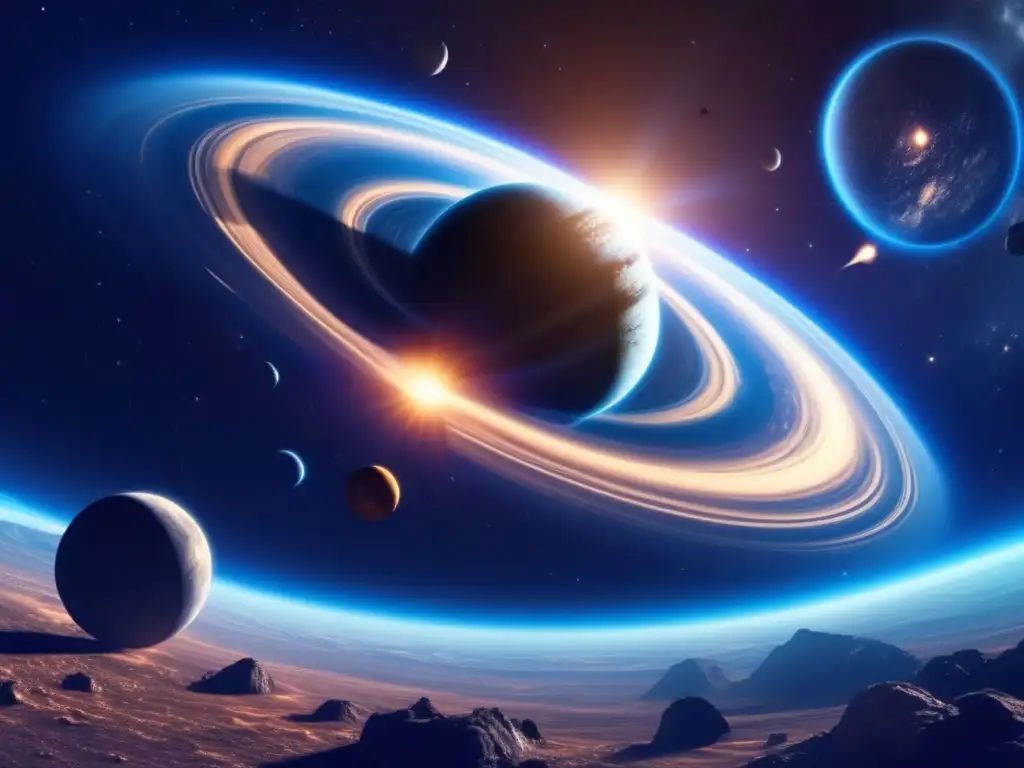
Ancient Egyptian Beliefs
Asteroids played a significant role in ancient Egyptian beliefs. The Egyptians believed that the gods used the stars and asteroids to communicate with them and direct their lives. Different stars and asteroids represented different gods, and the Egyptians used these celestial bodies as oracles to predict the future. The asteroid Bennu, for example, was believed to be the bird of creation that brought life to the Nile River Valley.
Greek Mythology
The Greeks also had a rich mythology surrounding asteroids. They believed that the stars were the eyes of the gods, and the asteroids were divine messengers that brought gifts and punishments to humans. The asteroid Phaethon, for example, was believed to have been the son of the god Helios, who lost control of his father's chariot and crashed to Earth, causing massive destruction.
Scientific Discoveries
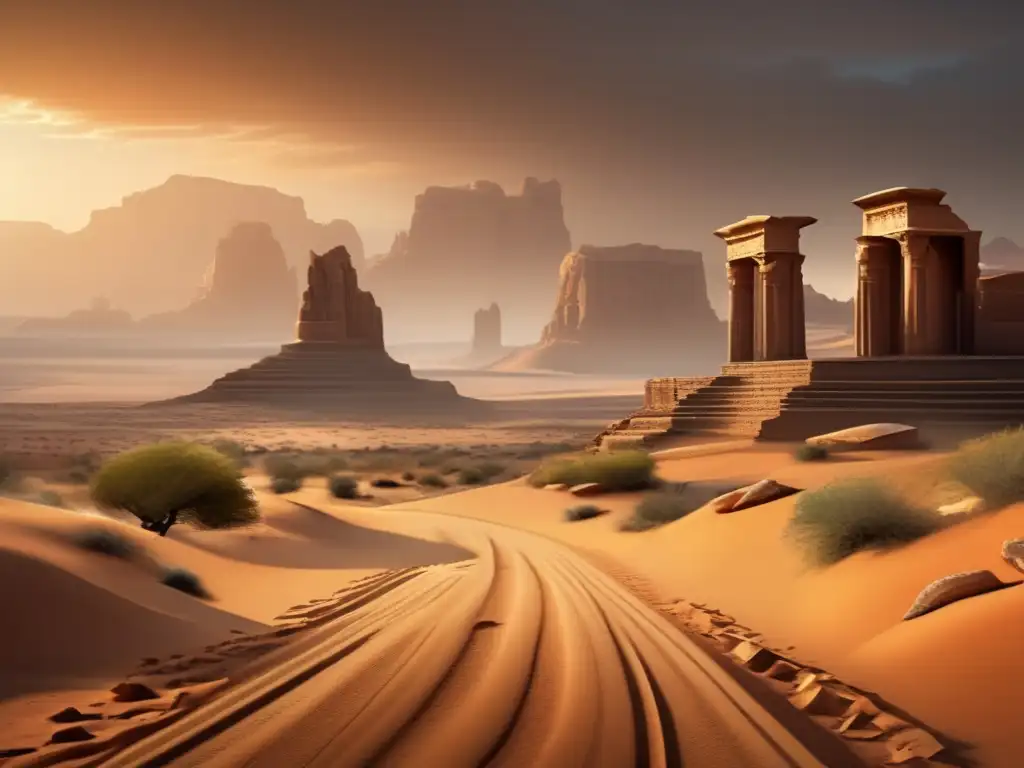
The Cretaceous–Paleogene Extinction Event
The discovery of the impact crater from the Chicxulub asteroid in Mexico led to the realization that an asteroid impact was the likely cause of the Cretaceous–Paleogene extinction event, which wiped out the dinosaurs and many other species. This discovery revolutionized our understanding of the history of life on Earth and the role of asteroids in shaping it.
Asteroid Mining
More recently, asteroids have become the target of scientific and commercial interest due to their potential for mining. Asteroids are rich in metals such as iron, nickel, and platinum, and rare resources like helium-3, which can be used in fusion power plants. The prospect of asteroid mining has attracted significant investment from private companies and government agencies.
The Future of Asteroid Research
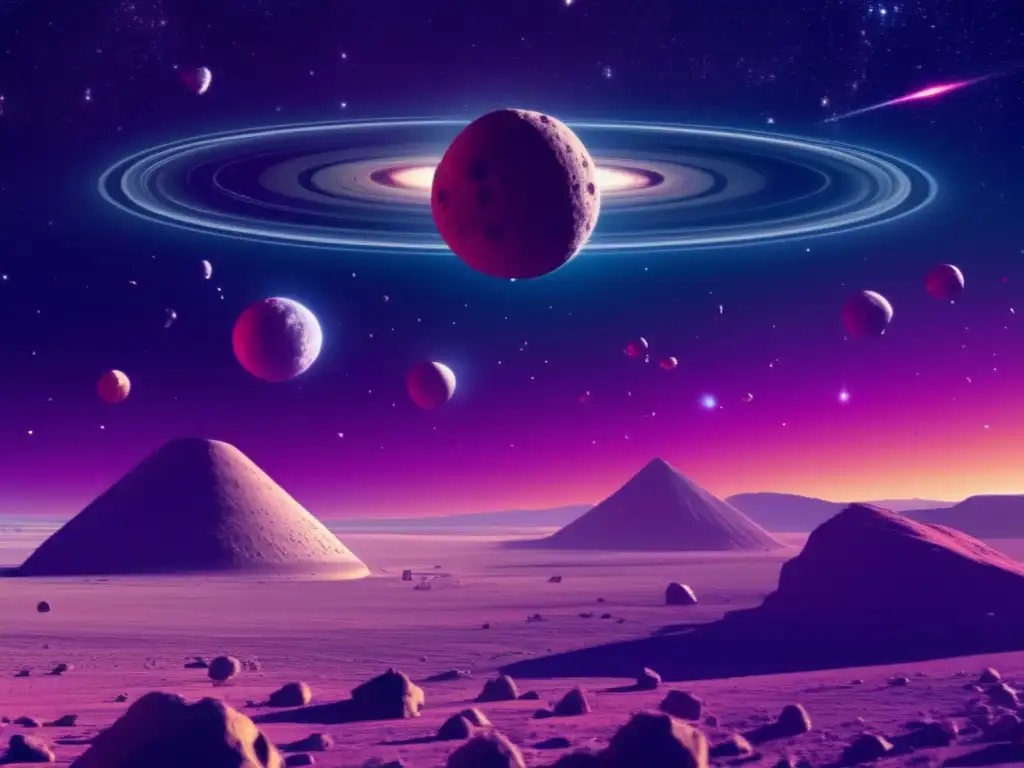
The Threat of Asteroid Impacts
Asteroids pose a significant threat to life on Earth. While most asteroids burn up in the atmosphere or land harmlessly in remote areas, some asteroids can cause catastrophic damage if they hit populated regions. The risk of an asteroid impact is real, and scientists are studying ways to deflect or destroy asteroids that may pose a danger to Earth.
The Role of Asteroids in Understanding the Solar System
Asteroids hold clues to the origin and evolution of the solar system. Studying asteroids can help us understand the conditions that existed during the formation of the planets and the distribution of materials in the early solar system. The exploration of asteroids, such as the recent mission to the asteroid Bennu by NASA's OSIRIS-REx, promises to unlock many mysteries about the history of our solar system.
Frequently Asked Questions
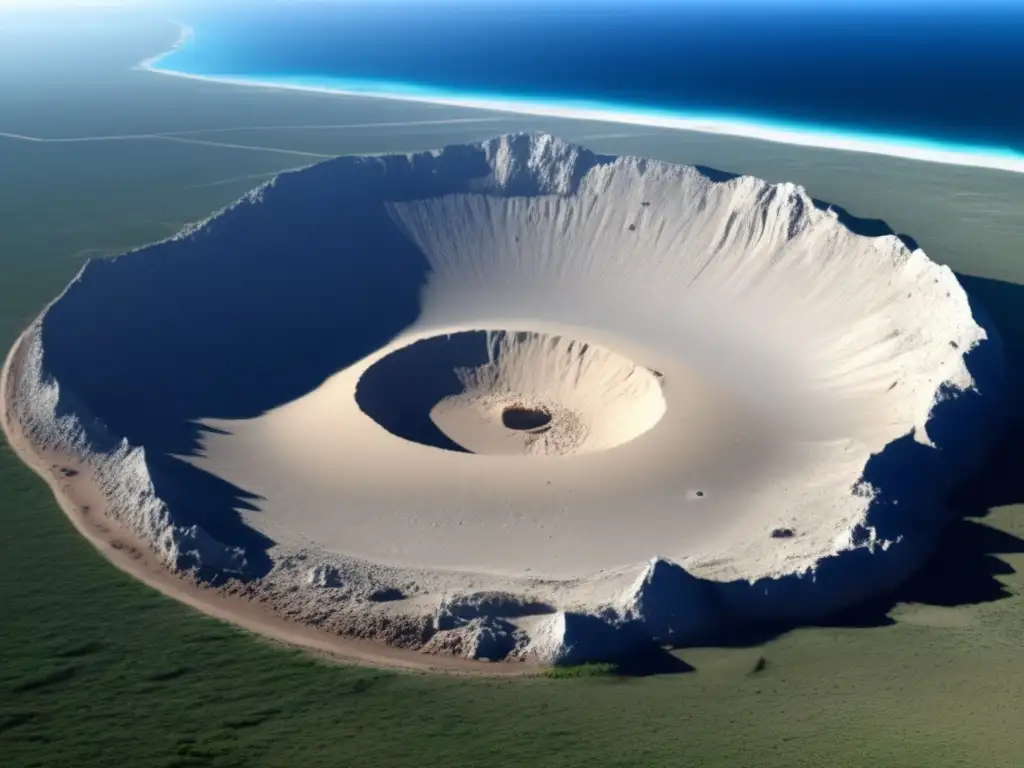
-
Can asteroids be seen from Earth?
Yes, asteroids can be visible from Earth with the naked eye or with telescopes. Some asteroids are bright enough to be seen in the night sky, while others require specialized equipment to detect.
-
How do asteroids form?
Asteroids are believed to have formed from the protoplanetary disk that surrounded the young Sun. They are remnants of the early solar system, and their composition can offer valuable insights into the conditions that existed during the formation of the planets.
-
What is the biggest asteroid?
The biggest asteroid in the solar system is Ceres, which is also classified as a dwarf planet. It has a diameter of about 590 miles (940 kilometers) and is located in the asteroid belt between Mars and Jupiter.
-
Can we mine asteroids?
Yes, there is a growing interest in mining asteroids for resources such as metals and rare materials. Several private companies and government agencies are investing in the development of technologies for asteroid mining.
-
Could an asteroid impact cause another mass extinction?
It is possible that an asteroid impact could cause another mass extinction event, similar to the one that occurred 66 million years ago. However, scientists are studying ways to detect and deflect potentially dangerous asteroids before they reach Earth.
Conclusion
Asteroids have played a significant role in shaping human culture and scientific understanding. From ancient beliefs to modern discoveries, our fascination with asteroids continues to grow. As we continue to explore these celestial bodies, we gain new insights into the history of the solar system and our place in the universe.
Thank you for reading. Please share your thoughts in the comments section and consider subscribing to www.asteroidrealm.com for more asteroid-related content.
Additional Resources
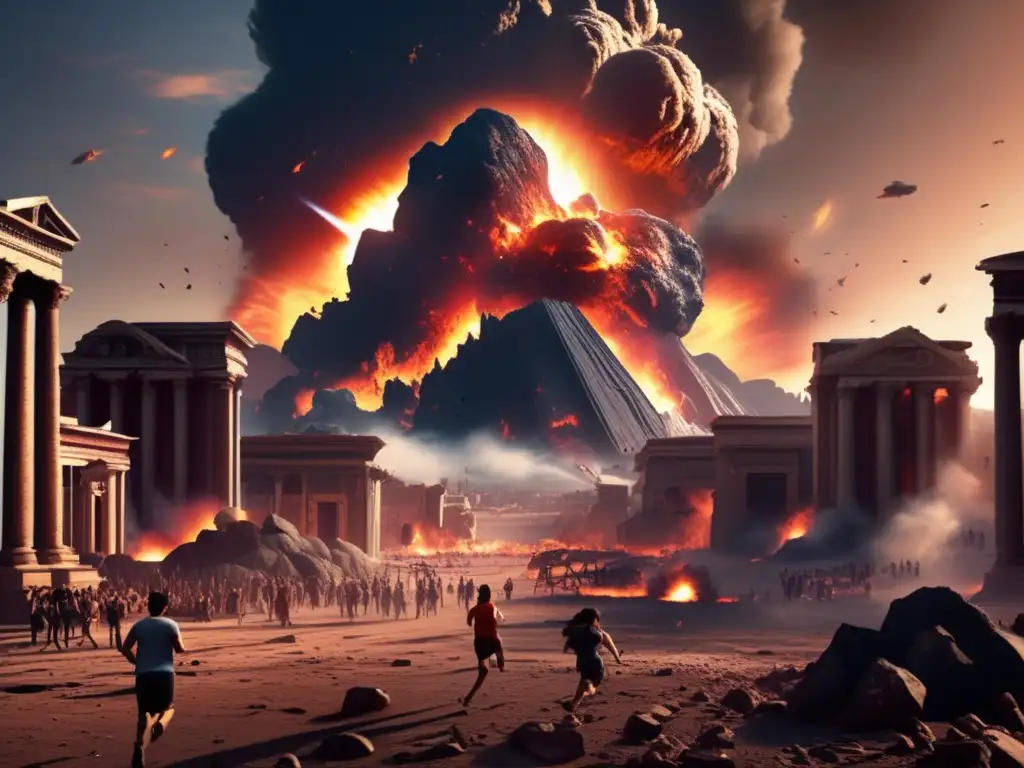
For more information on asteroids and related topics, please visit:
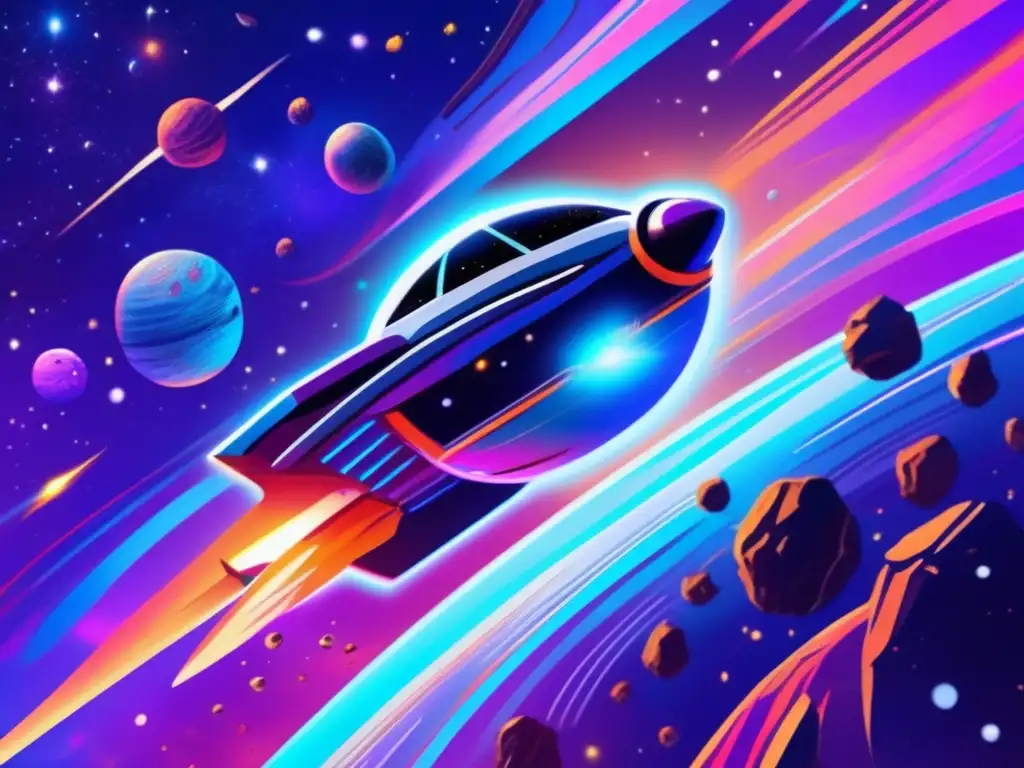 Shooting Stars: Asteroids In Ancient Spanish Myths
Shooting Stars: Asteroids In Ancient Spanish Myths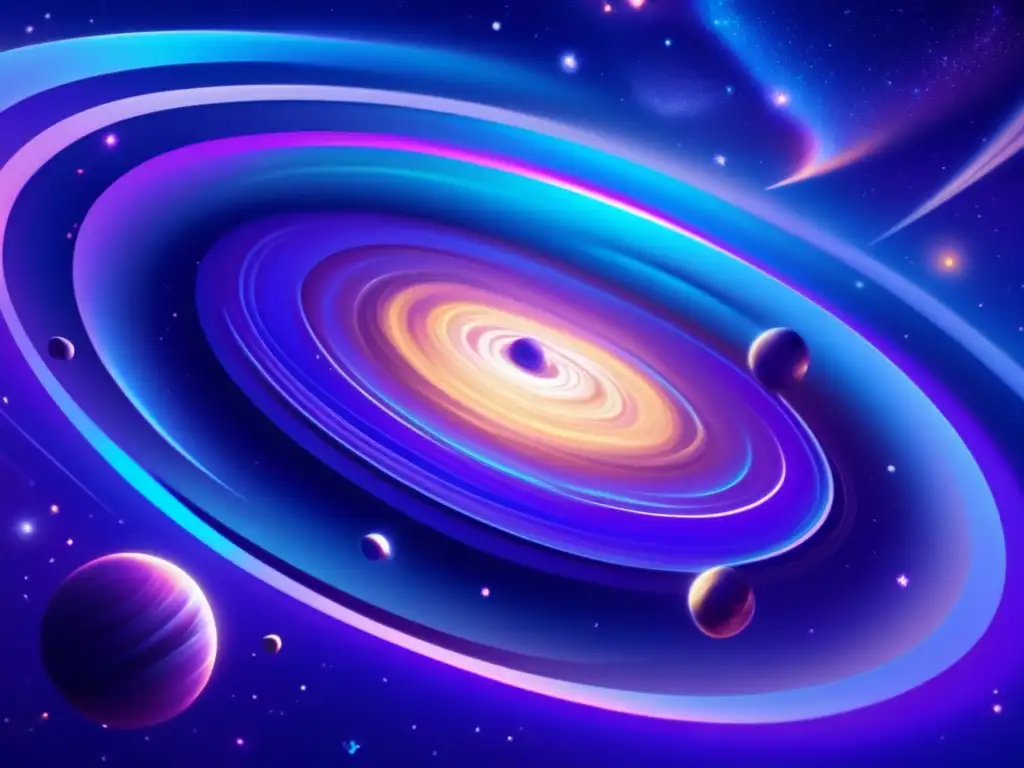 Sky Stones: Asteroid Myths From Around The World
Sky Stones: Asteroid Myths From Around The World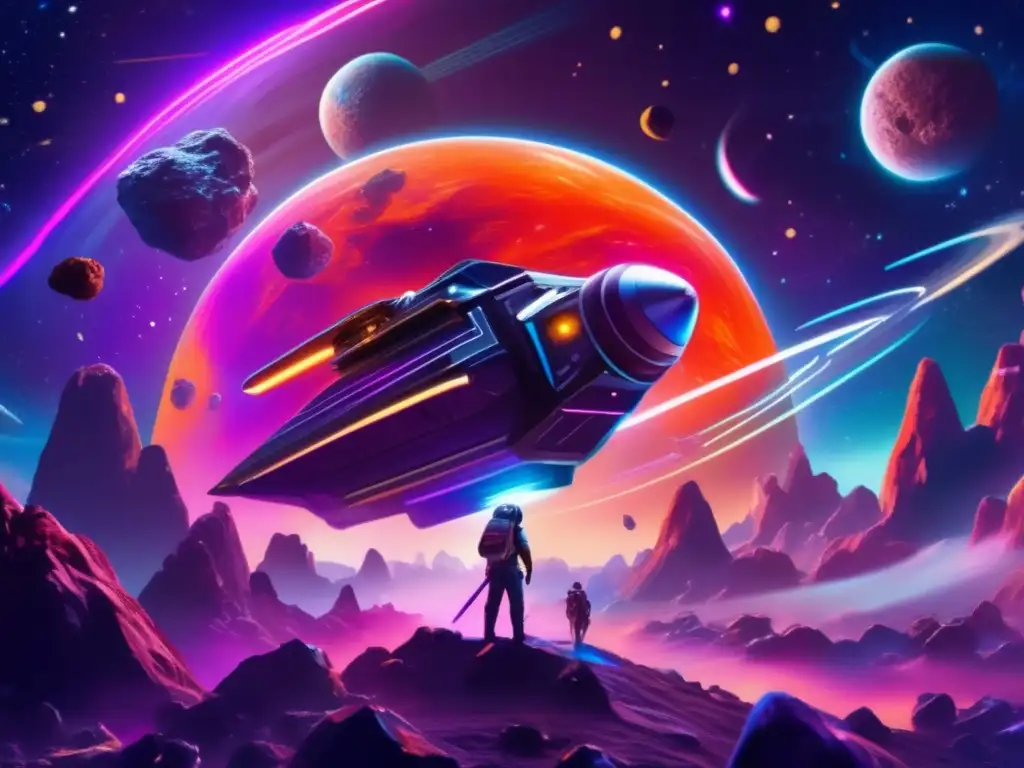 Asteroids And Prophets: A Study In Islamic Traditions
Asteroids And Prophets: A Study In Islamic TraditionsIf you want to discover more articles similar to The Impact Of Asteroids On Ancient Cultures, you can visit the Asteroid Mythology category.
Leave a Reply

Articulos relacionados: